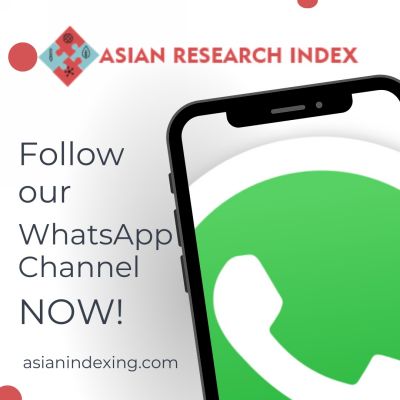Latest Entries
Loading...
Loading...
Loading...
Loading...
Loading...
Loading...
Journals by Discipline
Journals by Language
Journals by Starting Year
Journal by Frequency
Journals by Cities
Journals by Provinces
